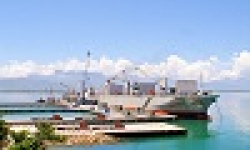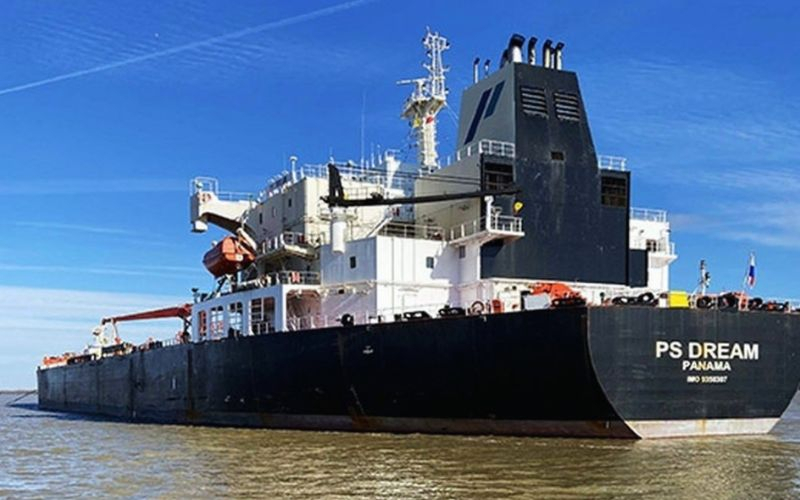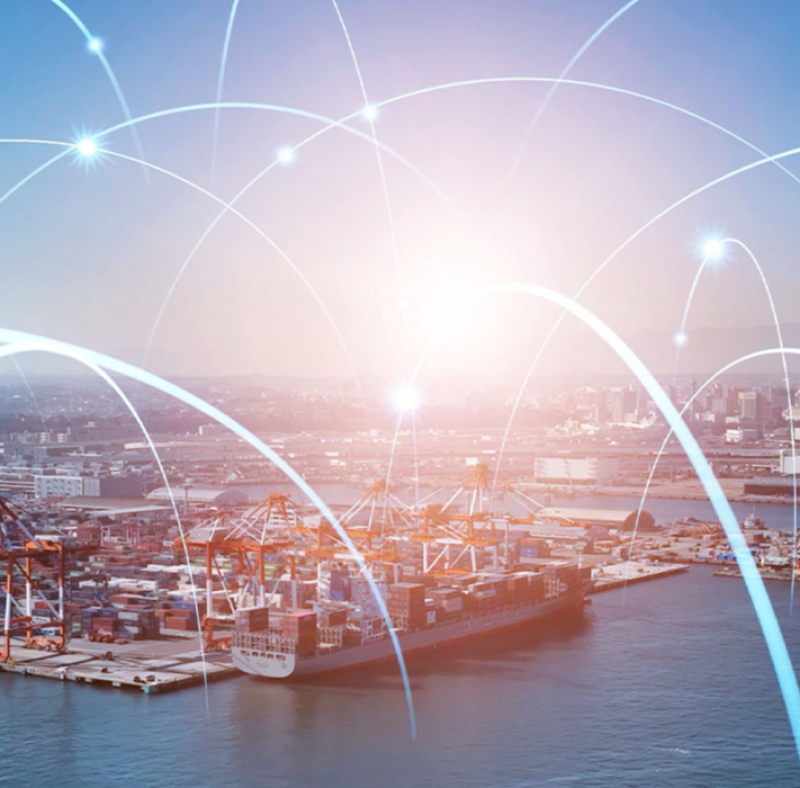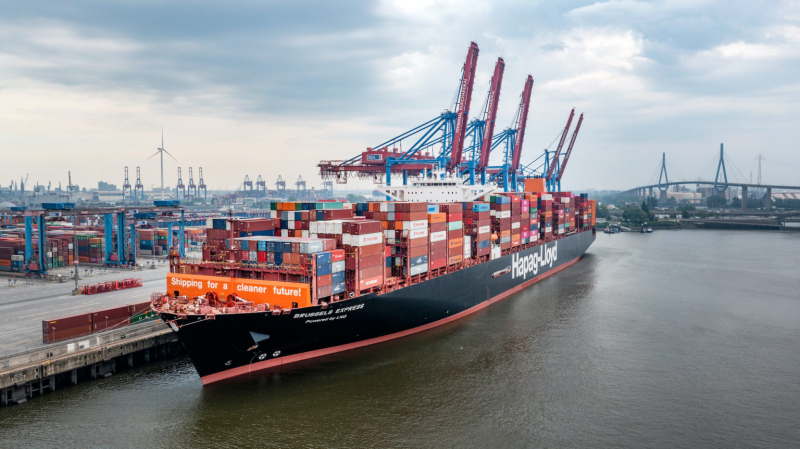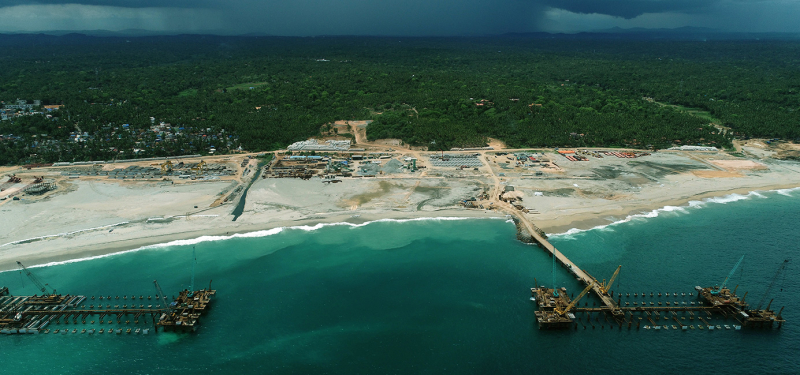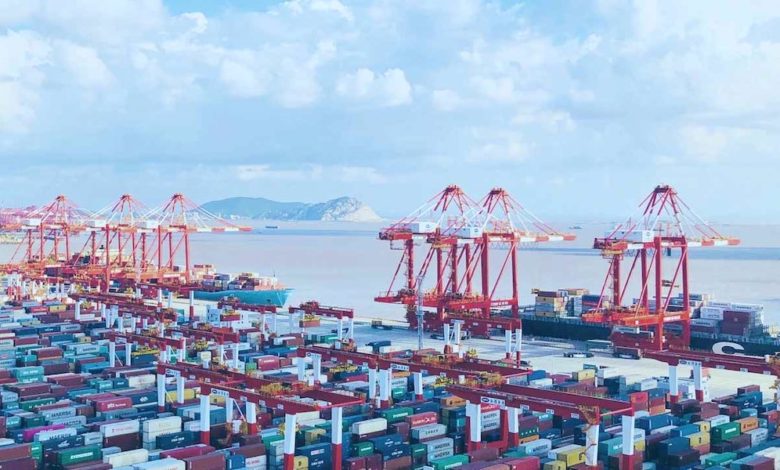
$1.7m. That’s the fee – or RMB12.1m – that the German owners of the US-flagged Matson Waikiki are being forced to pay to allow the vessel to dock in Shanghai, a sizeable sum, and an indication of the chaos, and costs, that are arising from yesterday’s introduction of hiked port fees by Washington and Beijing.
The 4,870 teu ship is not especially large with a net tonnage of 30,224, with Beijing charging $56 per net ton for US-linked tonnage calling at Chinese ports in a tit-for-tat move as Washington enacted a $50 fee for Chinese tonnage on the same day. The vessel will shortly head back across the Pacific to Long Beach.
China’s Maritime Safety Administration (MSA) is levying the fees at a vessel’s first Chinese port of call, cross-checking ownership, flag, and operational details using the new US-Linked Vessel Information Report Form filed through China’s National Single Window platform.
Beijing’s decision to exempt Chinese-built tonnage from the new fees significantly reduces the number of ships subject to the new port call fees, but where China’s new fees become thorny is in its opaque US ownership stipulation, something that has already seen American directors at some shipping boards relinquish their roles. Ships whose owning entity has US persons holding 25% or more of equity, voting rights or board seats are being targeted by China.
“This could ensnare major tanker players such as Scorpio, Ardmore, Teekay, and Torm, many of which are listed on American stock exchanges,” Allied Shipbroking warned in a weekly report, suggesting the new Chinese fees could meaningfully influence trade patterns, fleet deployment, and tanker earnings in the months ahead.
Researchers at Greek broker Xclusiv Shipbrokers said Washington and Beijing’s tit-for-tat port fees symmetry locks both economies into a “spiral of maritime taxation that risks distorting global freight flows”.
“The weaponisation of both trade and environmental policy signals that shipping has moved from being a neutral conduit of global commerce to a direct instrument of statecraft. For owners and charterers alike, navigating this new regulatory battlefield may soon prove as complex—and as costly—as crossing any ocean,” Xclusiv suggested in its latest weekly report.
Carried below is a useful chart from broker Braemar breaking down how the American and Chinese charges work out.




